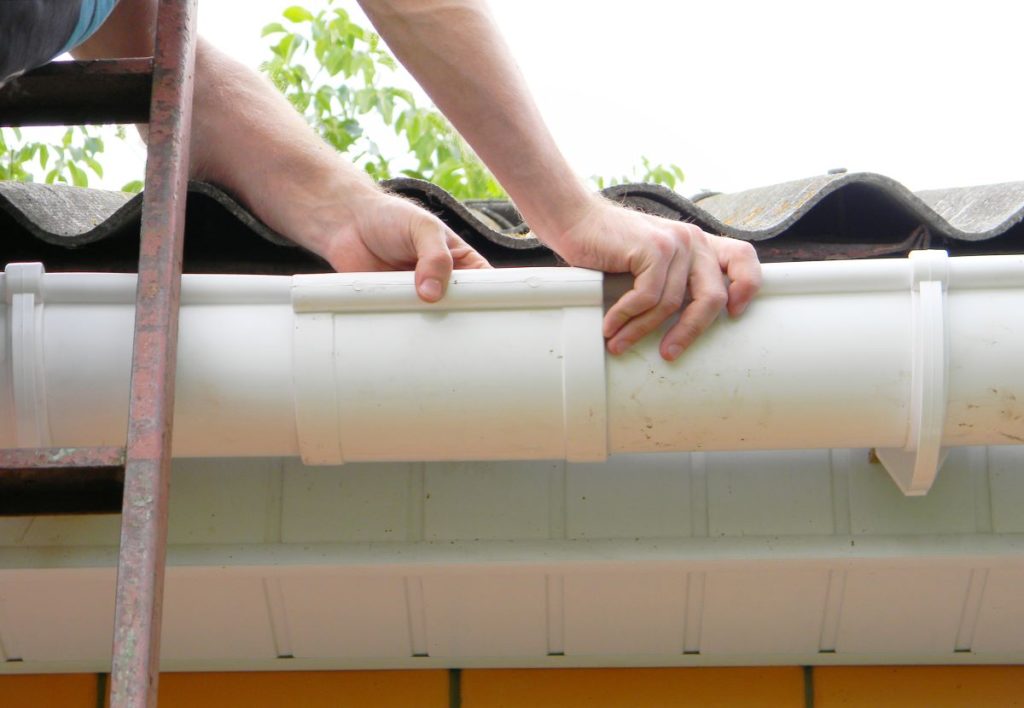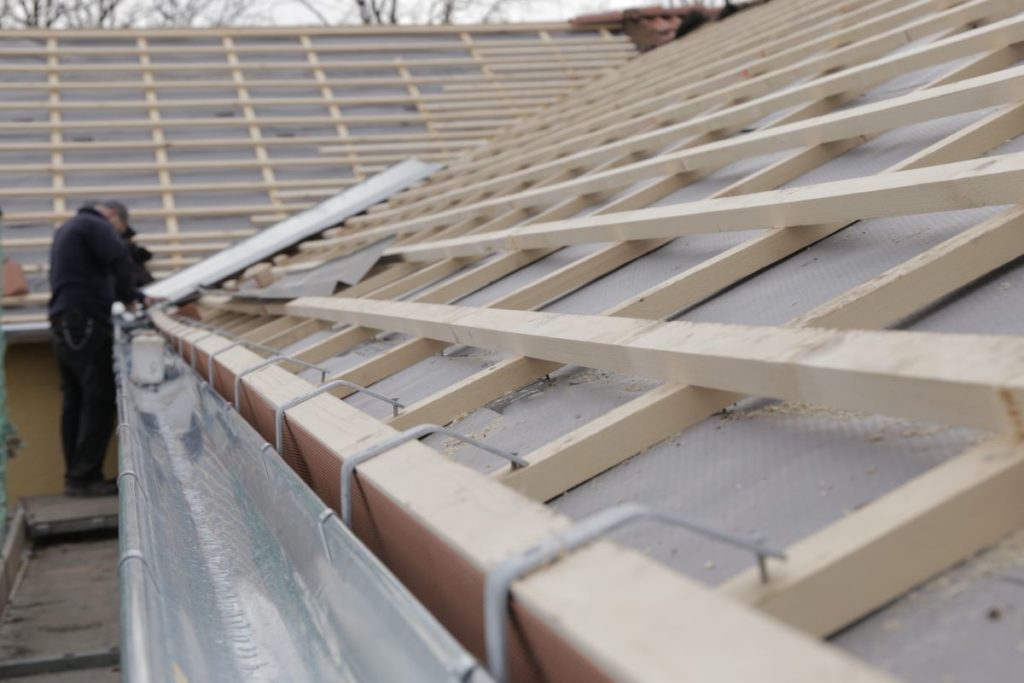Roofs are the first line of defense of our home in keeping weather elements at bay. Whether it’s rain, strong winds, hailstorms, and blizzards, roofs are always there to keep us warm, comfortable, and secure from the harsh elements of nature. But just like every other aspect of our home, roofs do have their own lifespan, and being subjected to all of these harsh weather conditions can cut down on the life expectancy of your home’s support structures and roof durability.
Roof leaks and moisture are some of the root causes of much of these damages. Contrary to what the majority of the public thinks, water damage is one of the most prevalent and types of damages to structures. Although water damage might seem subtle, it can still whittle down on your wooden and metal structures. For instance, added moisture can usually result in rotting in wood and mildews forming on ceilings. Not only does ponding water get easily trapped in nooks and crannies, but this can also cause diseases.
So how do we counter moisture that’s trapped inside our roofs and our ceilings? What are some ways of keeping water and humidity out? Here’s what you’ll need to know.
Repair or Replace?
Right off the bat, you’ll need to keep in mind that trapped moisture on your roof can lead to a variety of different issues that can spread throughout much of your structure if it’s not addressed. In most cases, these damages can become permanent, and you might have to replace your roofing system instead of conducting repairs.
Whether you’re going to replace your roof or repair it, you will need to ask yourself the following questions first:
- Will, it cost more to repair your roof than replace it?
- How much time is needed to repair or replace your roof?
- Is the damage widespread?
- Can the damage be remedied in some way?
- Will the damage affect the general appeal of your home?
These are just some questions that you’ll need to ask yourself or the roofing company working on your roof. If you’re not quite sure what you have to do when it comes to removing water from hard-to-reach areas, it’s best to consult with professional roofing contractors beforehand. Fortunately, roof repair service providers can conduct comprehensive inspections and repairs on your roof in a timely manner. Having professional help and supervision can ensure that injuries are mitigated while the lifespan of your home is extended.
Preventive Measures
Fortunately, there are a variety of ways to ensure that moisture and water are kept out of your home and roof. The best way of mitigating damage is through prevention since this will stop any future damages before they do happen.
Proper installation
First and foremost, you’ll need to have your roofing system, gutters, and downspouts properly installed to ensure that there are no gaps and that water is disposed of in the right areas.

Keep your gutters clear
Gutters that are clogged with debris can often cause water to spill out to the surrounding area, which can cause problems with ponding. You might want to keep your gutters clear while also removing any branches of trees and vegetation that are close to your gutters.
Insulation equipment
Most of the time, homes that are situated in cold weather conditions will have thick underlayment as a means of keeping moisture and humidity out.
Most experts would suggest having your roof inspected at least two times in a year as a means of identifying early onsets of leaks and potential tell-tale signs of damages. You might want to get into contact with a roofing consultant as they are well-versed in identifying problems.
There are ways to keep moisture and water out of your roofing system. Although you will need to spend at least a few hundred dollars for maintenance and preventive measures, it’s a way better choice than having to replace your roof entirely once the damage becomes permanent.


